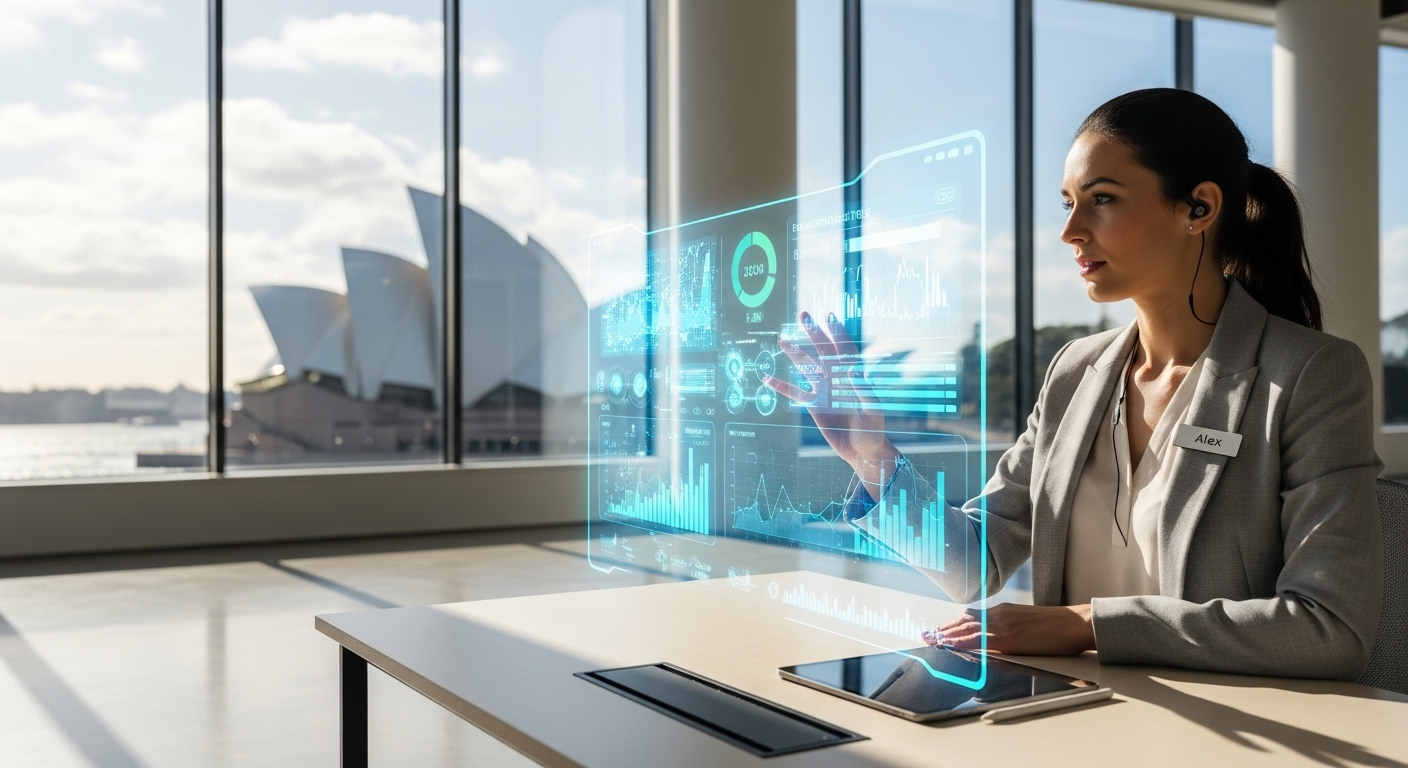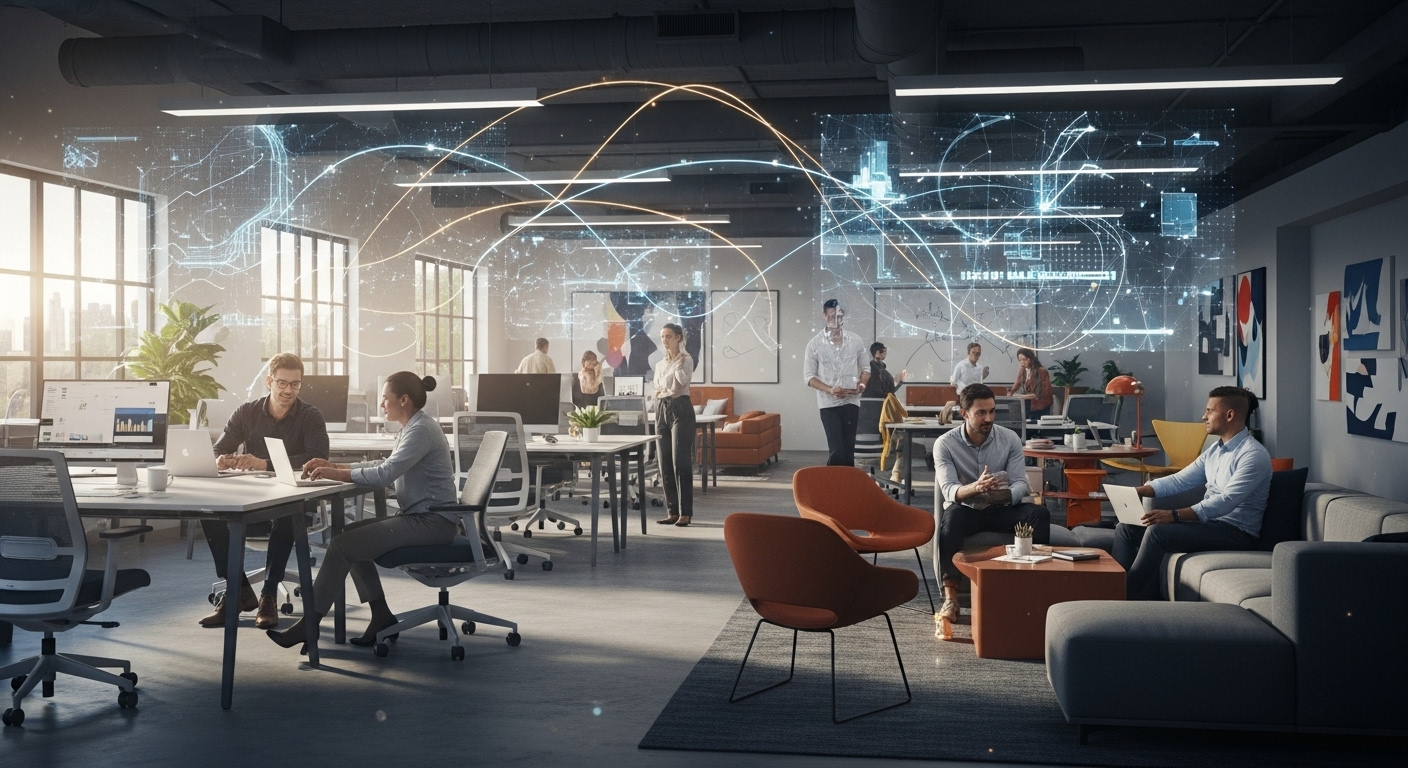The traditional office is undergoing a radical transformation, moving from a static place of work to a dynamic ecosystem designed for productivity, collaboration, and well-being. At the heart of this evolution is smart office technology, a sophisticated network of connected devices and platforms that are reshaping our professional lives. For global business hubs, embracing this tech is no longer an option but a necessity for staying competitive. This is particularly true in forward-thinking cities where the demand for flexible, efficient, and engaging work environments is at an all-time high. The push towards hybrid models has accelerated this adoption, creating a need for workplaces that are as intelligent as they are inviting. This article explores the key facets of the smart office revolution, from optimizing space and energy to enhancing employee wellness and fortifying digital security. We will delve into how these technologies are being implemented on the ground, creating human-centric workplaces prepared for the future.
The Rise of the Responsive Workspace: Optimizing Space and Energy
In the new era of hybrid work, the traditional 9-to-5, five-days-a-week office model is obsolete. This shift has presented a significant challenge for facility managers: how to manage a physical footprint that sees fluctuating daily occupancy. Smart office technology offers a powerful solution through data-driven space optimization. IoT sensors embedded in desks, meeting rooms, and common areas provide real-time analytics on how and when spaces are used. This allows companies to move away from assigned seating to dynamic hot-desking and bookable collaboration zones, ensuring that every square meter is used effectively. For businesses in high-value real estate markets, this translates directly into significant cost savings. Moreover, this intelligence extends to energy management. Smart HVAC and lighting systems can automatically adjust based on occupancy, time of day, and even external weather conditions, drastically reducing energy consumption and operational costs. For a city that champions both innovation and sustainability, this dual benefit of cost-efficiency and environmental responsibility is a primary driver of smart tech adoption. These responsive systems don’t just save money; they create a more comfortable and sustainable environment for everyone.
Enhancing the Employee Experience: Tech for a Seamless Hybrid Model
Beyond operational efficiency, the most profound impact of smart office technology is on the employee experience. In a competitive talent market, a seamless, frictionless workday is a major differentiator. Smart workplace apps have become the central nervous system of the modern office, empowering employees with unprecedented control over their environment. From their smartphone, an employee can find and book a free desk near their project team, reserve a meeting room equipped with the right A/V gear, pre-order coffee, and even adjust the lighting and temperature at their workstation. This level of personalization and convenience eliminates common workplace frustrations and allows staff to focus on high-value tasks. Furthermore, touchless technologies, such as facial recognition for building access and voice-activated controls in meeting rooms, have become standard, enhancing both convenience and hygiene. These integrated platforms bridge the gap between the physical and digital workspace, ensuring that both in-office and remote team members feel connected and supported. Creating this cohesive, user-friendly experience is crucial for fostering a positive culture in the hybrid era.
Data-Driven Decisions: From Occupancy Metrics to Actionable Insights
The true power of a smart office lies in its ability to generate a constant stream of actionable data. While individual sensors provide immediate benefits, the aggregation of this data over time unlocks strategic insights that can inform long-term business decisions. By analyzing trends in space utilization, companies can understand which types of environments are most popular—be it quiet focus zones, collaborative lounges, or formal meeting rooms. This intelligence guides future office design and real estate portfolio strategy, ensuring that capital investments are aligned with actual employee needs. For example, if data shows that large boardrooms are consistently underutilized while small huddle spaces are always in demand, a company can reconfigure its layout accordingly. This data-driven approach allows organizations in Sydney to optimize their physical assets with surgical precision, moving beyond guesswork to evidence-based design. The insights also extend to resource allocation, such as cleaning schedules that target high-traffic areas and IT support that can proactively address issues in frequently used tech-enabled spaces. This strategic layer of analytics transforms the office from a cost center into a data-rich asset that drives business performance.
Wellness in the Wires: Prioritizing Health and Well-being
The modern workforce places a high premium on health and well-being, and smart technology is a critical tool for creating environments that actively support it. The focus has shifted from reactive wellness programs to proactive, integrated environmental controls. Advanced HVAC systems with HEPA filters and IoT sensors continuously monitor and manage indoor air quality, tracking levels of CO2, VOCs, and humidity to ensure a healthy breathing environment. This has become a non-negotiable feature in a post-pandemic world. Another key innovation is human-centric lighting, which uses tunable LED fixtures to mimic the natural color temperature and intensity of daylight throughout the day. This helps regulate employees’ circadian rhythms, which can lead to improved focus, better mood, and higher-quality sleep. Smart offices can also promote physical well-being through digital prompts for taking breaks, standing, or stretching, and by providing easy access to wellness rooms or fitness facilities. By embedding health-focused technology into the very fabric of the building, companies demonstrate a genuine commitment to their employees’ welfare, a factor that is increasingly important for attracting and retaining top talent.
The Digital Fortress: Securing the Connected Office
As offices become smarter, they also become more vulnerable to cyber threats. Every IoT sensor, smart device, and connected platform represents a potential entry point for malicious actors. Consequently, a robust cybersecurity strategy is a foundational pillar of any smart office implementation. The first line of defense is network segmentation, which isolates the IoT device network from the primary corporate network. This ensures that even if a single sensor is compromised, the breach cannot easily spread to critical business systems and sensitive data. Secure access controls are also vital. This includes multi-factor authentication for workplace apps and the use of biometrics or secure credentials for physical entry, replacing easily lost or stolen keycards. Furthermore, companies must have strict data privacy policies governing the collection and use of employee data gathered by sensors. Transparency is key; employees need to understand what data is being collected, why it’s being collected, and how it’s being protected. Partnering with reputable technology vendors who prioritize security by design and provide regular firmware updates is essential for mitigating risks and building a truly resilient smart office. In a world of increasing digital threats, this focus on security is paramount to building trust.
Future-Forward: AI, Ambient Computing, and the Next Wave of Office Tech
The evolution of smart office technology is far from over. The next frontier is being driven by advancements in Artificial Intelligence (AI) and the concept of ambient computing, where technology seamlessly integrates into the background of our environment, anticipating our needs without direct commands. Imagine an office that recognizes you upon entry and automatically adjusts your workstation’s lighting, temperature, and desk height to your pre-set preferences. AI-powered virtual assistants could manage schedules, book rooms, and transcribe meetings, freeing up employees for more creative and strategic work. Predictive analytics will not only report on past space usage but will forecast future needs, suggesting optimal layouts and resource allocation before bottlenecks occur. This next wave of innovation is already taking shape in the tech-forward business districts of Sydney, where global tech giants and ambitious startups are pushing the boundaries of what a workplace can be. The goal is to create a truly ‘sentient’ workspace—one that is not just responsive but proactive, learning and adapting over time to create the ultimate environment for productivity and innovation. This vision promises a future where the office is a true partner in our work.
As we look toward the future, it’s clear that smart office technology is the connective tissue of the modern workplace. It is the engine that powers efficiency, the platform that enables a seamless hybrid experience, and the guardian of employee well-being and security. The integration of IoT, data analytics, and AI is moving us beyond simple automation to create genuinely intelligent, human-centric environments. For businesses, the ROI is multifaceted, encompassing direct cost savings from optimized space and energy, enhanced productivity from a more engaged workforce, and a significant edge in the global competition for talent. The journey begins with a strategic vision that places the employee at the center, using technology not as a novelty but as a tool to solve real-world challenges. From managing a flexible workforce to promoting a culture of wellness and sustainability, smart tech provides the solutions. In dynamic urban centers like Sydney, the adoption of these technologies is not just shaping the future of individual offices; it is defining the city’s role as a global leader in the future of work, building a smarter, healthier, and more productive professional landscape for generations to come.





